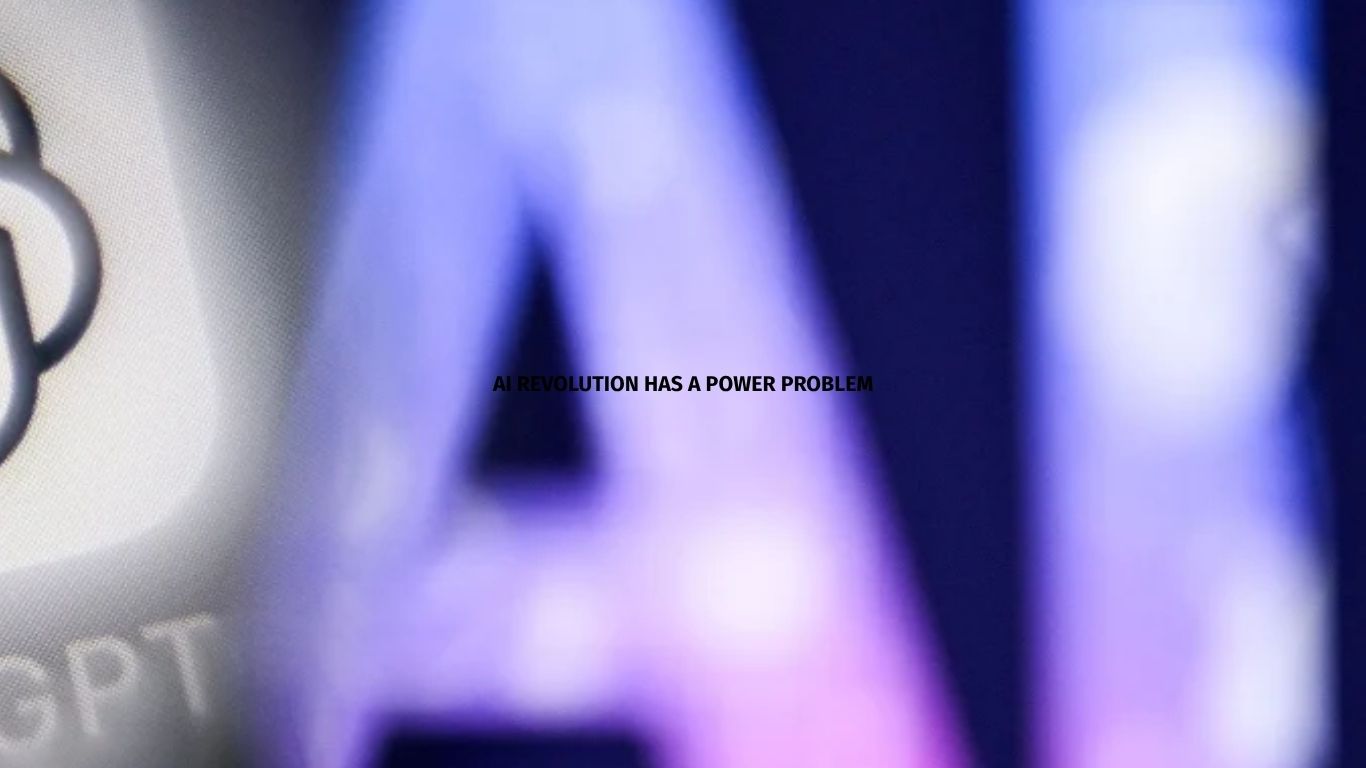The AI revolution has a power problem
In the global race for artificial intelligence supremacy, U.S. tech giants like Microsoft, Google, Amazon, and Meta have the capital and hardware — but now face a new challenge: electric power shortages.
Microsoft CEO Satya Nadella recently admitted that the problem is no longer a lack of computing resources, but rather limited access to sufficient power and the speed of construction near power sources. Without these, even billions of dollars’ worth of chips could sit idle.
Much like the internet boom of the 1990s, tech companies are now pouring massive sums into building the infrastructure that powers the AI revolution. Combined spending from these firms is expected to reach around $400 billion in 2025 and increase even further in 2026.
This heavy investment has eased the shortage of chips, but the next major hurdle is energy. Massive data centres — which require vast electricity and water for cooling — take about two years to build in the U.S., while developing new power lines can take five to ten years.
In Virginia, the world’s largest hub for cloud computing, Dominion Energy already faces huge demand, with commitments equivalent to 47 gigawatts of output — roughly matching 47 nuclear reactors. Data centres could account for as much as 7% to 12% of U.S. electricity consumption by 2030, up from 4% today, though some analysts believe these estimates are overstated.
If current projections prove accurate, the U.S. could face a 45-gigawatt power shortage by 2028 — the same as the energy usage of about 33 million homes. To meet this demand, some utilities have delayed closing coal plants, while natural gas — which already powers 40% of data centres globally — is seeing renewed interest for its quick deployment capabilities.
In Georgia, one energy provider has requested approval to add 10 gigawatts of gas-powered generators, while other companies, including Elon Musk’s xAI, are purchasing used turbines or even converting aircraft engines for rapid setup.
As the pressure mounts, climate goals are quietly taking a back seat. Google, which had promised to reach net-zero carbon emissions by 2030, removed that pledge from its website earlier this year. Instead, major tech firms are investing in long-term and alternative energy strategies.
Amazon is promoting the use of Small Modular Reactors (SMRs), a new form of compact nuclear technology. Google plans to restart a nuclear reactor in Iowa by 2029, while the U.S. government has announced an $80 billion initiative to build ten new reactors by 2030.
In parallel, tech giants are also heavily investing in solar power and battery storage, particularly in California and Texas, where the state’s grid operator aims to add 100 gigawatts of capacity by 2030.
Looking even further ahead, both Elon Musk and Google are exploring futuristic solutions — including putting chips in orbit and powering them with solar energy, with Google planning its first tests in 2027.



